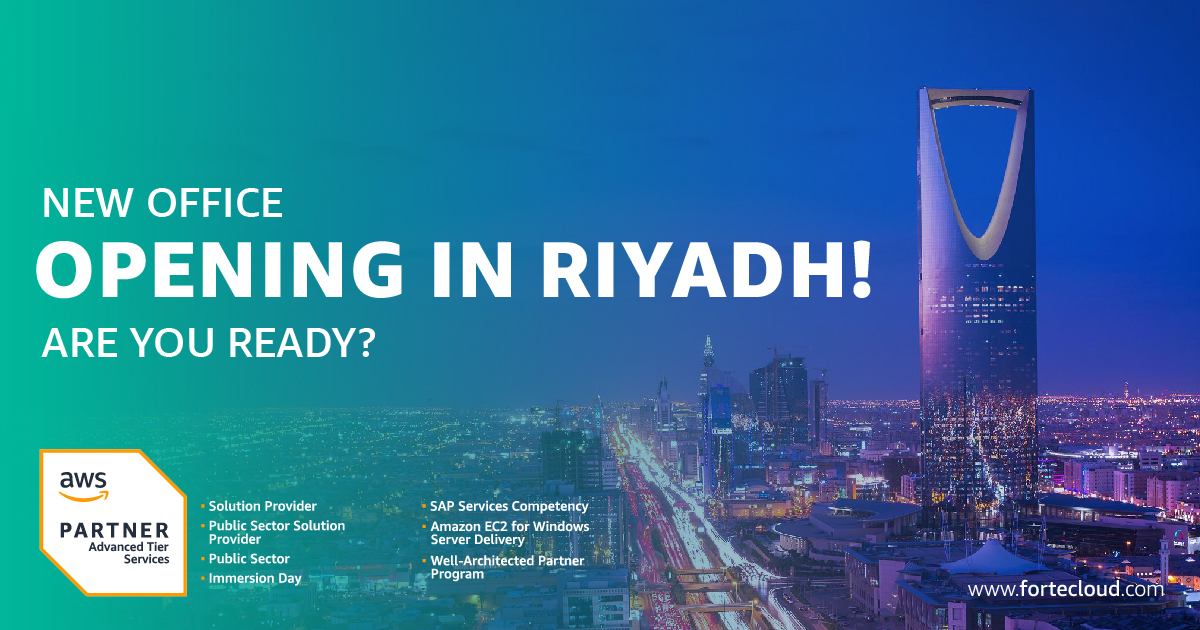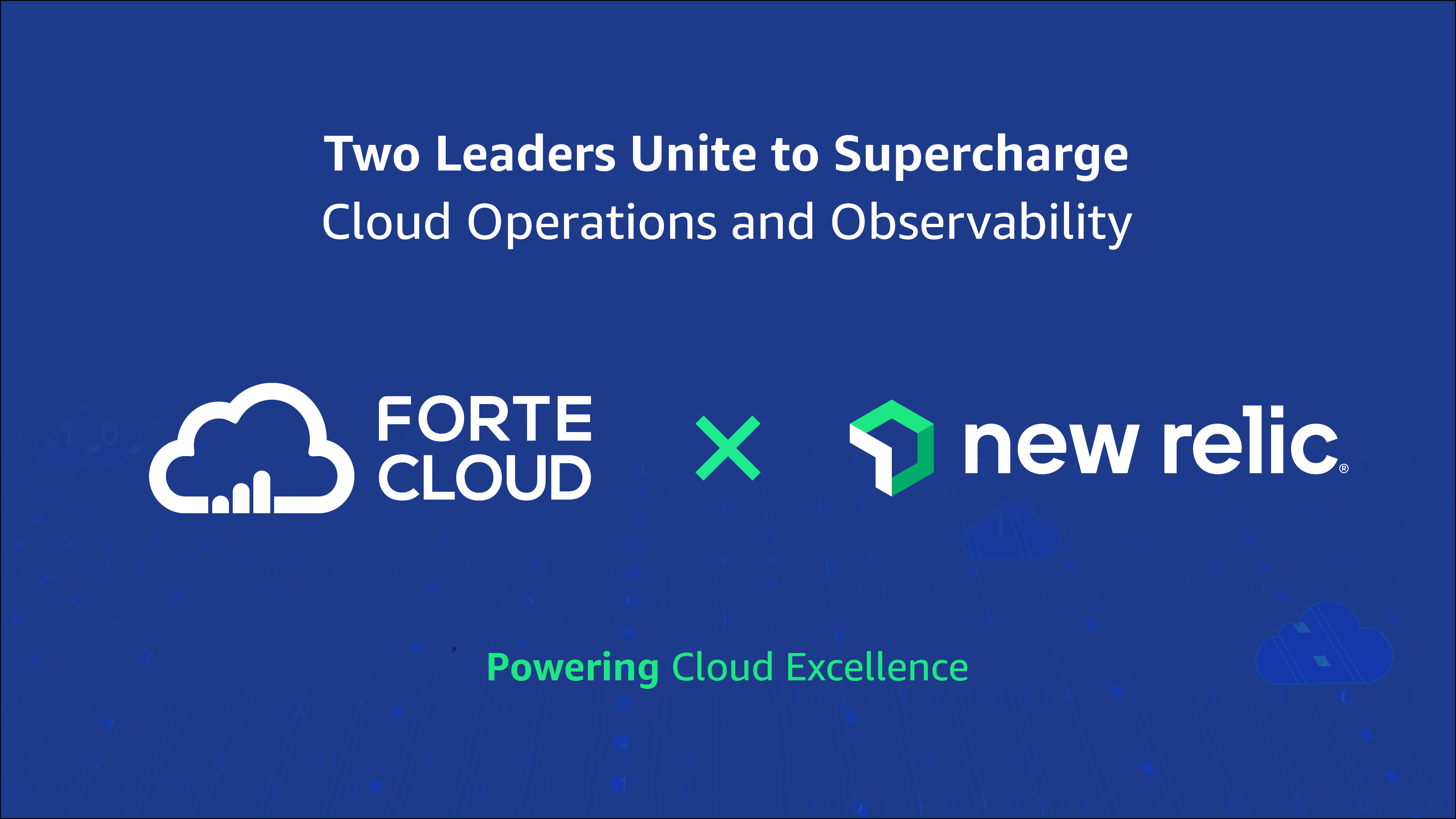Now that cloud has become mainstream, business owners need to define their cloud management and governance strategies. Redefining them allows companies to better manage cloud infrastructure, operations, applications, and security. A lack of a clear cloud governance and management policy could lead to disastrous results for your bottom line.
What is Cloud Governance?
Cloud governance is a set of rules to govern cost, budgets, operations, security, risk, and compliance for your environment. But that doesn’t mean that these rules are set in stone, you should be continuously updating them as your business evolves.
What is Cloud Management?
Cloud management complements the governance policies by organizing, coordinating, and steering the enterprise’s resources and actions in full compliance with governance rules. This ensures that your business achieves its strategic and operational objectives.
Why Are They Important?
Cloud governance and management are cross-functional responsibilities that complete each other. They are rarely if ever the responsibility of a single employee or a specific team. As a business owner, you benefit greatly from paying attention to each one. Here are just a few benefits of having proper cloud governance and management in place:
-
-
Lower Operational Costs
While public cloud is often seen as cost-effective compared to hybrid or on-premises, without proper management and governance rules, you’re unlikely to see any cost savings.
Cloud governance rules shifts workflows from analog to automated. Which allows you to automate the management and time-consuming manual processing. Overall, reducing the manpower needed and reducing costs.
Applying the proper cloud management tool besides that allows you to better navigate the different pricing options of the public cloud. Not only that, but you’ll gain a better understanding of your bills. Allowing you to better allocate charges to different customers or departments as well as predict future expenses and make long-term commitments.
-
-
-
Better Security
Security is one of companies’ biggest fears. One of the best ways to ensure the security of the cloud is by implementing proper cloud management and governance rules.
Cloud governance ensures that you have proper controls to keep your cloud secure and compliant with regulations.
While cloud management helps you monitor all your workloads and perform regular security checks. Set it up correctly and you’ll be notified immediately once a vulnerability is discovered. This way you can address any issues as soon as they are discovered.
-
-
-
Better Visibility and Control
Visibility and control are crucial when it comes to any type of cloud, whether it’s private, public, or hybrid. However, without proper rules in place, it’s easy to lose control and visibility once you move to the public cloud.
Both cloud governance and management allow you to take back control of your resources. As you’re able to see how you’re IT resources are used thanks to real-time monitoring and analysis. And with complete control and visibility of your environment, you’re able to optimize your operations for performance and costs.
-
Key Features of Governance and Management:
Now that we know the importance of cloud management and governance, let’s take a deeper look at each of them and how they differ:
Key Features of Cloud Management:
Big Data Analytics
One of the main purposes of cloud management is to extract large volumes of data into automatically generated reports. These reports contain everything that happened in your environment, giving you complete visibility into your cloud. Analyzing these reports yields valuable information about any issues and vulnerabilities you may be facing. Allowing your IT department to make more informed decisions moving forward.
Security and Compliance
Cloud management helps you enhance your security and remain compliant across your environment. With it, you’re able to generate custom reports, automate security checks, and get notified as soon as an issue is detected. This is especially helpful if you’re operating under the hybrid cloud module or relying on multiple public cloud platforms.
Cost Management
It’s easy for you to take control of your cloud costs with proper cloud management. Simply automate reports to see where your money is being spent. Not only that, but cloud management also allows you to see trends in your spending so you can predict future spending with some degree of accuracy.
Key Features of Cloud Governance:
Financial Governance
The financial aspect of cloud governance consists of budget and cost trend policies for your organization. It is a critical part of any digital transformation to properly evaluate and review the economic benefit of the cloud. In it you focus on current spend, budget, return on investment (ROI), and total cost of ownership (TCO). As well as, handling any licensing agreements for the organization.
Service Governance
Here you secure data located remotely by applying specific policies and principles to cloud computing services. Ideally, you should integrate service governance with existing cloud governance processes to complement them as services governance is an ongoing process, not a product.
Data Governance
Data governance is used to outline your approach towards data management, grouping, storage, security, and accessibility in the cloud. It’s especially critical that you pay attention to it if you rely heavily on the cloud. Be sure to define how you plan to capture metadata, track lineage, and ensure compliance, as well as establish the foundation for data. This also addresses any storage requirements and data resiliency concerns you may have.
Security Governance
Public cloud providers operate under the shared responsibility model, meaning the provider is responsible for the security of the cloud while the customer is responsible for security in the cloud. It sounds complicated but it is simple once you understand it. An effective security governance policy will need to set a security process to protect against any breaches and also support regulatory compliance, protect customer privacy, and set authentication rules for users.
Conclusion
These features should give you an idea for when you start drafting your cloud management and governance rules and policies. Just remember that it’s okay to start with a simple framework first and then grow as your cloud needs expand.
Alternatively, you can choose to work with a trusted partner, like FORTE CLOUD, during, before, or even after your migration to ensure everything is set in place. A trusted cloud partner will work with you to set the best policies and rules for your specific business needs. It is our job to ensure that your cloud environment is set up for success as an advanced AWS partner. Contact our team today for a consultation.




